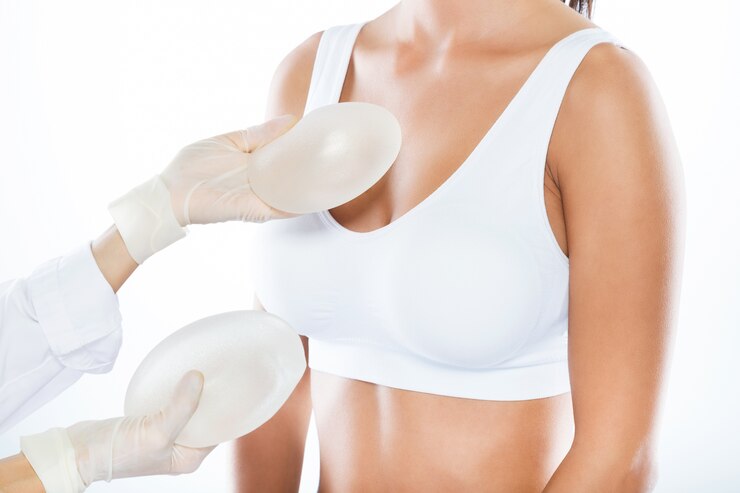
Approximately 400,000 women will have breast augmentations this year. About one-half of that group will be between the ages of 20 and 35, and the other half between 35 and 60.
Most of the women in the first age group have not had children. In the second set, most are mothers who are experiencing a loss of volume, sagging, and droopiness, in most cases from breastfeeding.
As in all cosmetic procedures, the treatment plan must be tailored to your individual needs. Patients need to understand the technical aspects of the procedure itself, such as implant size, incision location, and risks associated with the procedure. They also need to educate themselves about the types of implants. For example, implants do not have to be replaced on a regular basis, unless you are having problems with them or wish to change to a different size.
Implants today are all made with a silicone shell. Saline implants come from the manufacturer empty and are filled with saline once they are placed into the pocket. Silicone implants come prefilled, tend to feel much softer in most instances, and tend to produce a more natural look and feel. Although silicone implants were off the market in the United States for 15 years while the FDA investigated their safety, they are now back on the market and in my practice account for 60% of all breast implants that I use.
A recent FDA panel of experts reviewed the data compiled over the last four years since silicone implants were allowed back on the market in the U.S. for breast augmentation. Their data confirmed the fact that there are no documented medical illnesses related to silicone implants.
There are pros and cons to silicone and saline. Both have a rupture rate of about 1% per year. When a saline implant ruptures, it goes flat within a matter of a few days. On the other hand, a ruptured silicone implant is more difficult to detect because there may not be any change at all in shape because of its thick gel.
For this reason, the FDA recommends that women have an MRI performed every 3-5 years. This is only a recommendation and not a requirement.
Frequently Asked Questions
The choice between silicone and saline implants depends on individual preferences, body type, and desired outcomes. Silicone implants tend to feel more like natural breast tissue and are less likely to ripple, which can make them a preferred choice for many patients. Saline implants, on the other hand, can be adjusted in size during surgery and are generally considered safer if they rupture, as the body can absorb the saline solution.
Saline implants do not inherently look bigger than silicone implants. However, because saline implants are filled after being placed in the breast pocket, they can sometimes result in a firmer and more prominent appearance, especially in women with less natural breast tissue. Silicone implants tend to have a more natural look and feel, which can make them appear more subtle in comparison.
Breast Implant Illness (BII) is a term used by some women and healthcare providers to describe a range of symptoms that can occur after getting breast implants. There is no definitive scientific evidence linking BII to either silicone or saline implants more commonly. Both types of implants can be associated with BII, and more research is needed to fully understand the potential risks and causes of these symptoms.
Silicone implants are generally more expensive than saline implants due to the higher cost of the silicone gel material and the more complex manufacturing process involved. Additionally, silicone implants are often preferred for their natural feel and appearance, which can also drive up their price due to higher demand.
Breast implants have been extensively studied and are approved by regulatory bodies such as the FDA (Food and Drug Administration) in the United States. Before approval, they undergo rigorous testing for safety and efficacy. Long-term studies and post-market surveillance continue to monitor the safety of breast implants. It’s important for patients to discuss potential risks and benefits with their healthcare provider and to stay informed about any new research or safety information related to breast implants.

